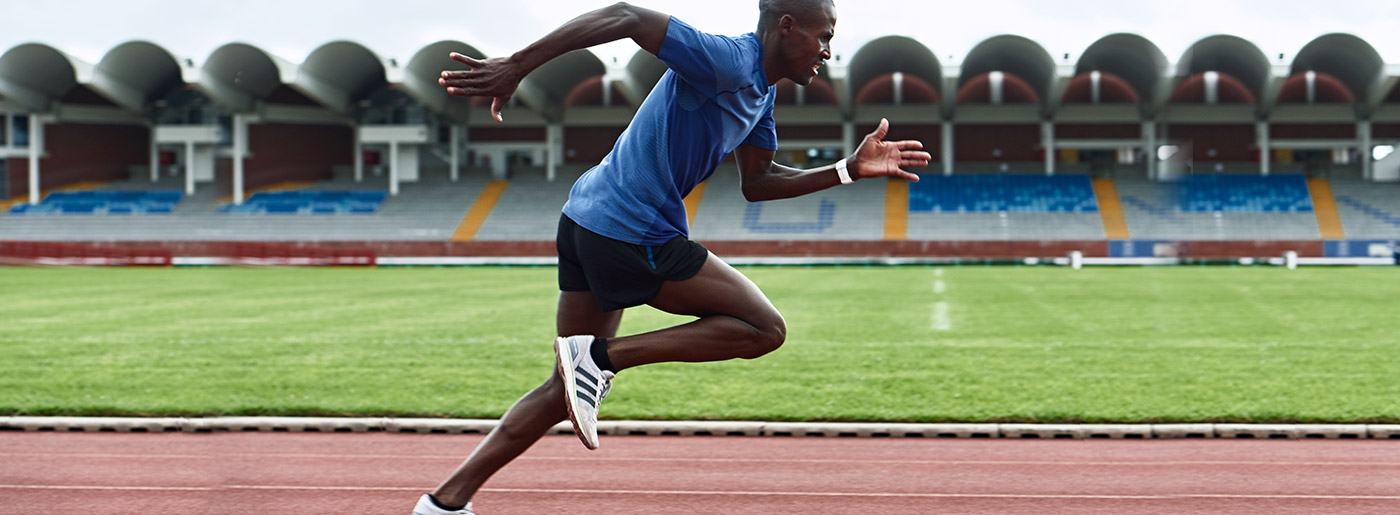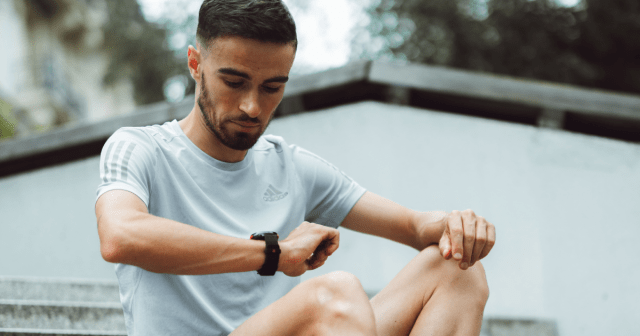If your goal is to get faster, the simplest way to make that happen is to, well, run faster. But while it sounds simple, there are a handful of ways to actually make that happen.
Speedwork is important, strength training will help, and stretching definitely won’t slow you down. But then there are more technical ways to pick up the pace – like increasing your running cadence.
Here’s an introduction to running cadence for beginners with the Boulder, CO-based professional running and triathlon coach Spencer Case.
First, break it down: What exactly is running cadence?
Running cadence is the total number of steps you take in 60 seconds – kind of like RPM, for your feet. I like to just count or measure one foot, as opposed to both, as I think it’s easier to count and think about.
How important is running cadence for beginners?
For my athletes, cadence is something they have in their toolbox, but it’s not something we think is a magic pill. With beginners and age groupers, we video their running form and work on posture and over-striding, as I believe those are big variables in terms of reducing stress and injuries.
I’m more concerned about athletes staying healthy and training consistently versus obsessing over cadence.
So cadence isn’t that important?
It’s generally a byproduct of working on form and efficiency, but I don’t want my athletes looking at their watches constantly and being cadence obsessed.
Doing a cadence check on an easy day or long run, or during a workout or at the latter stages of a race when most people tend to over-stride can be beneficial, but not necessarily something we lead with. It is one part of their form checklist, though.
For my track and middle-distance athletes, we look at cadence more and analyze their form closer to ideal sprint mechanics, but that’s because we’re looking for improvements of, say, three seconds to less than a second.
Is a higher cadence always better?
No! There’s always a cost/benefit in my mind, and if an athlete is stressing about their cadence so much they can’t focus or enjoy their run, it’s not beneficial.
It’s possible some people are more naturally efficient at a slightly lower cadence and thus trying to run at a higher cadence actually causes more tension or stress. And because our aerobic system develops quicker than our skeletal system, I would caution against chasing a super high cadence that could possibly cause injury. Instead, let it come more naturally with form and over time.
How can you determine running cadence for beginners?
A simple cadence check is doing by counting your footfalls on one leg for 30 seconds and multiplying by 2. Watches with an accelerometer built-in – like Polar watches – can automatically measure that for an athlete.
Most runners are around the low 80s, and elites are ideally up around 90.
When I see a very low cadence for a new athlete, it’s a flag we need to video them and look at their form.
And how can people improve their cadence?
While I have my elite and age group athletes do 8 x 100m strides after their daily runs and hard sessions to work on their turnover and the neuromuscular component, I have found it valuable to have beginners and age groupers do strides before they run to be more mindful of their cadence and form.
The treadmill can also be helpful, as it forces you to generally be a little quicker. I’ve had some athletes use a metronome, and they’ve found that useful in keeping them honest.
How much of a difference in your race times can you actually expect by tweaking your cadence? Are we talking seconds or minutes?
To me, cadence is not the limiting factor for most people when running longer distances.
Being properly aerobically developed and also muscularly strong is why people slow down in marathons, along with running out of fuel.
Sure, you’ll shave some time off your 5K or 10K time, and even half marathons, by working on your form and thus your cadence, but I don’t think it’s the limiting factor for most people.
If you liked this post, don’t forget to share so that others can find it, too.
Or give it a thumbs up!
I like this article
Please note that the information provided in the Polar Blog articles cannot replace individual advice from health professionals. Please consult your physician before starting a new fitness program.





